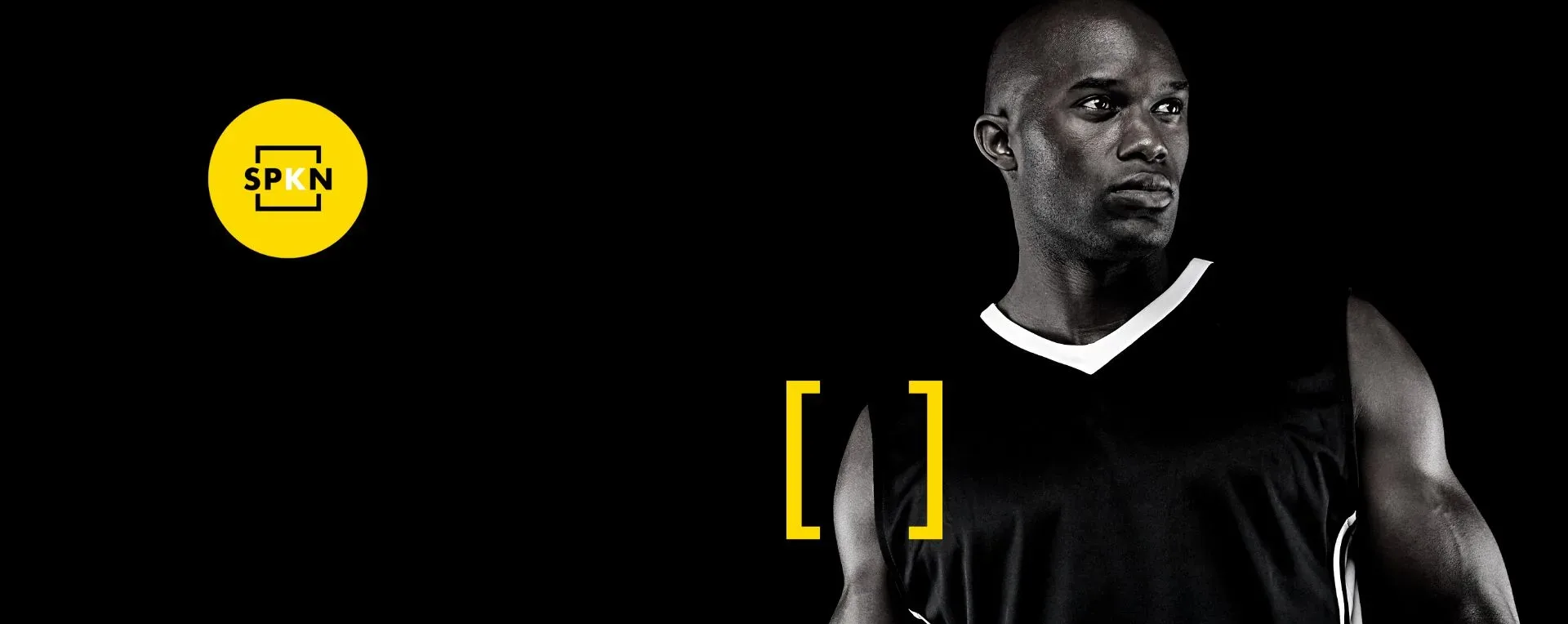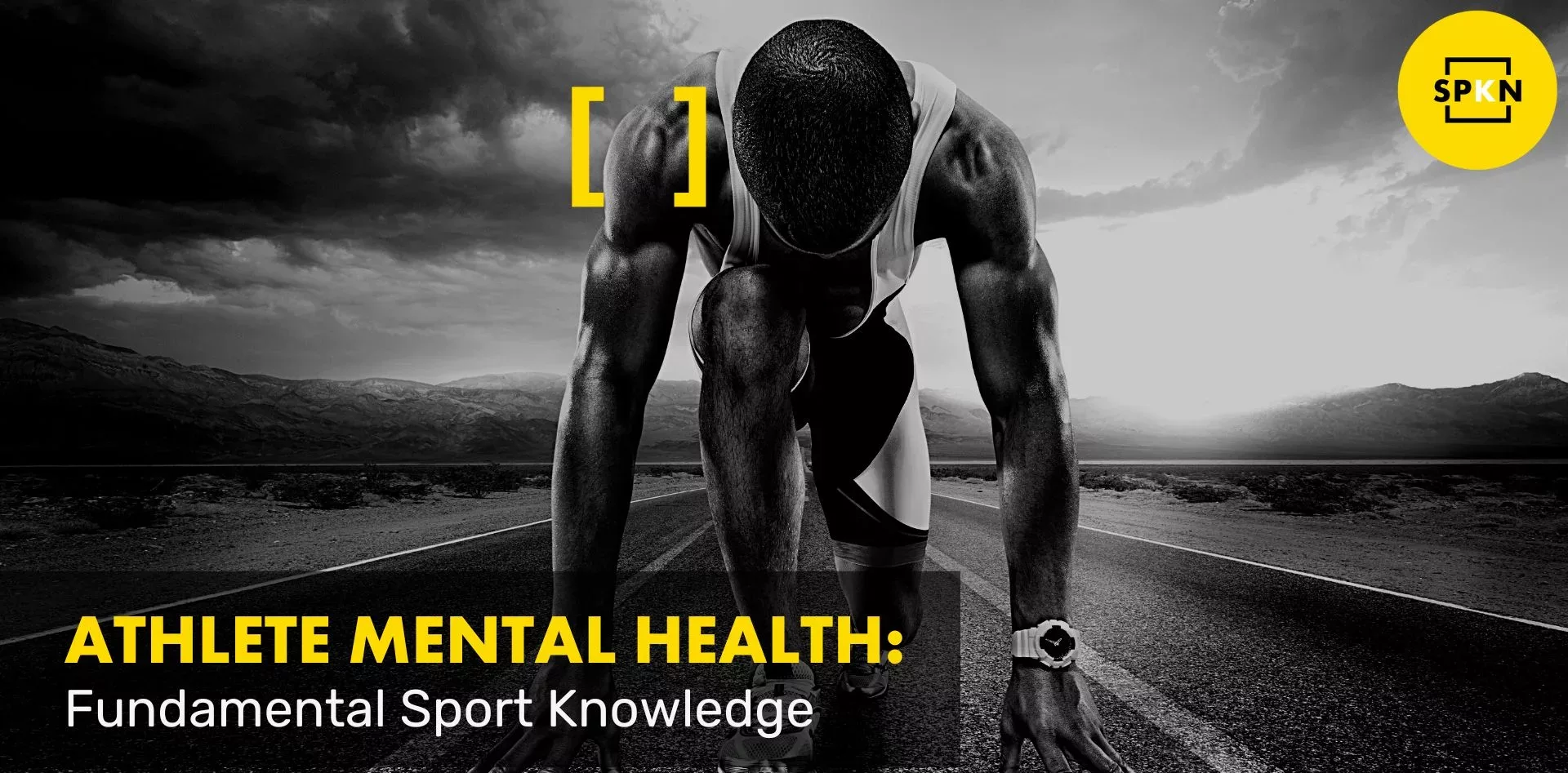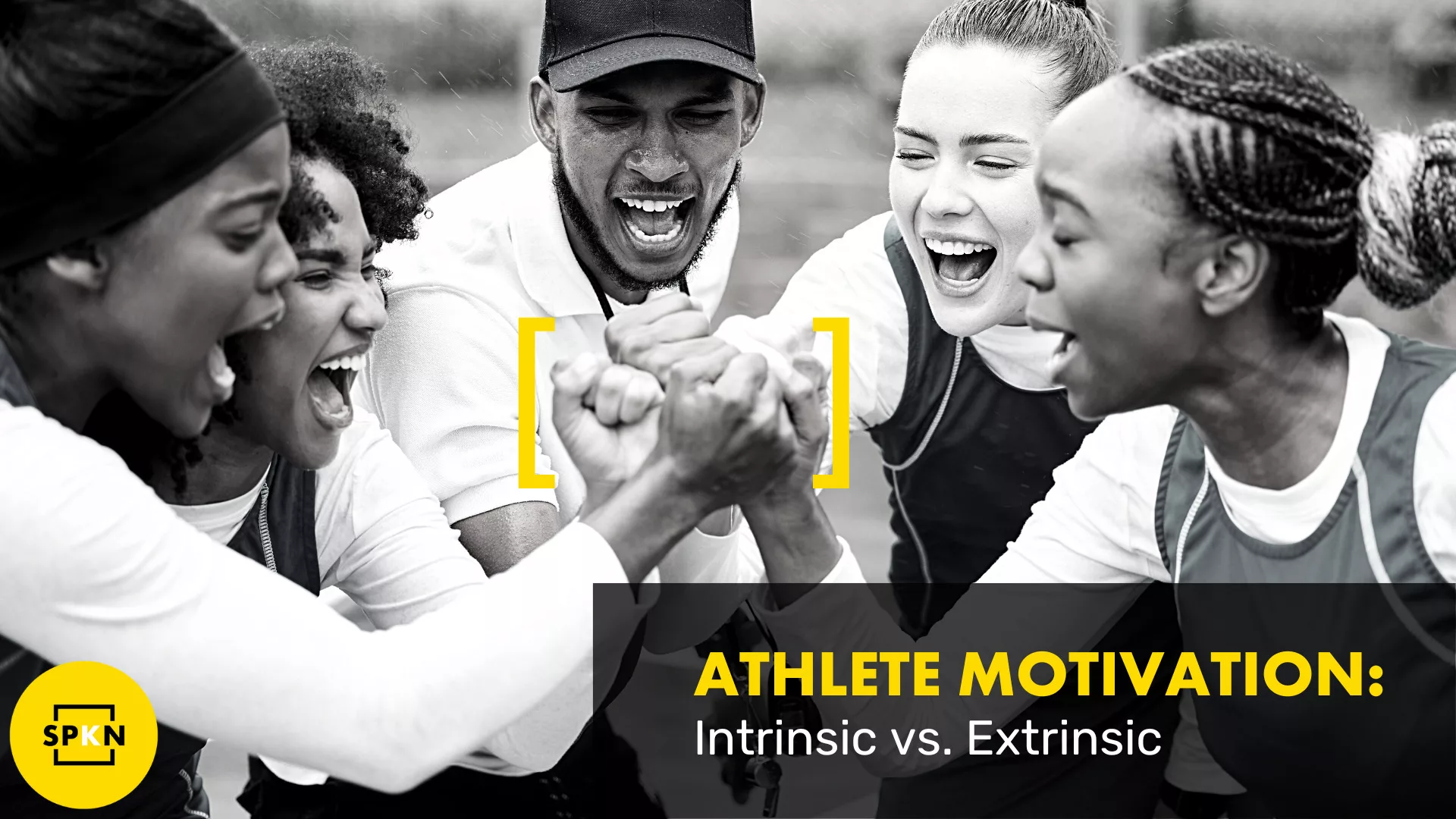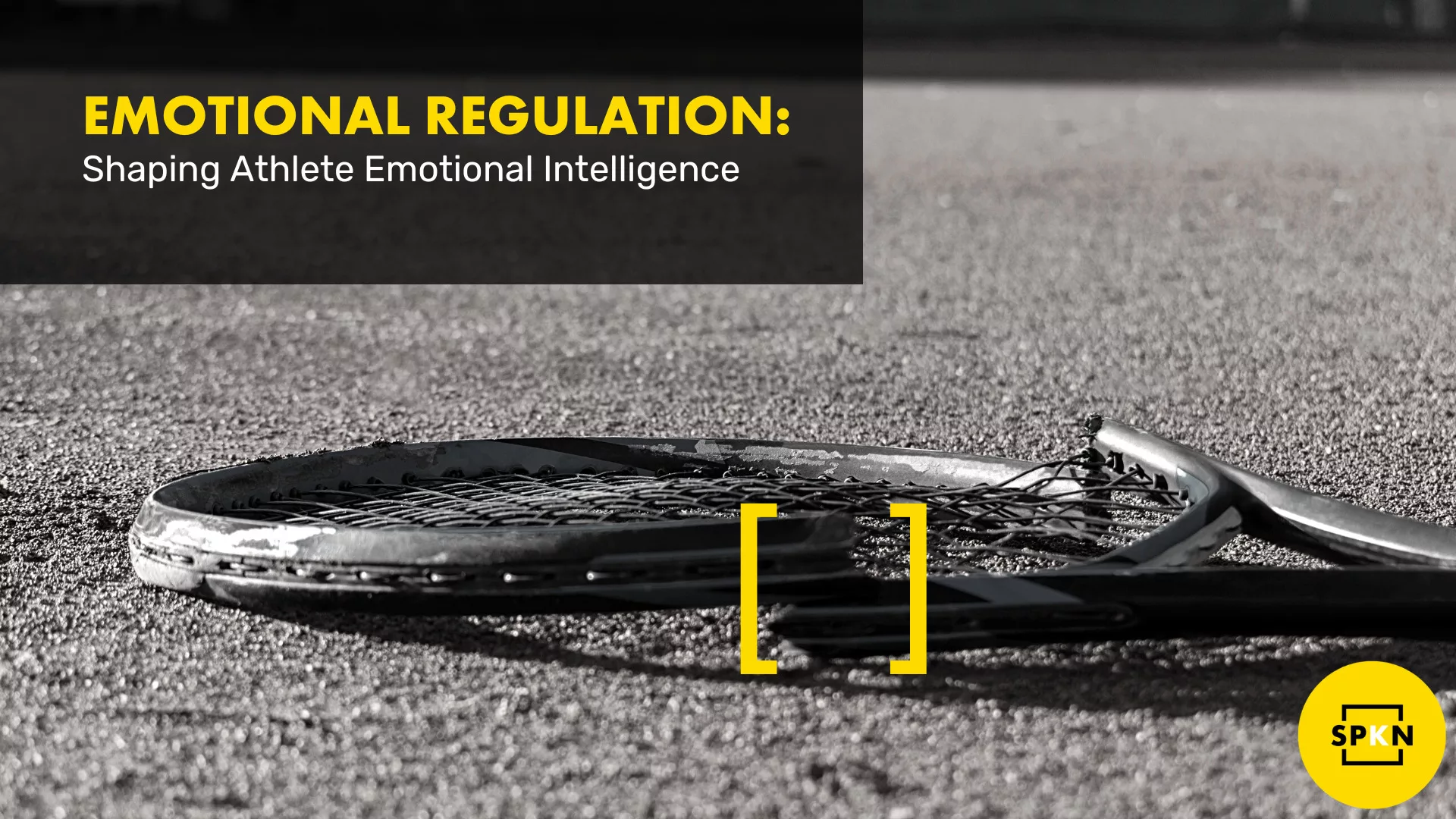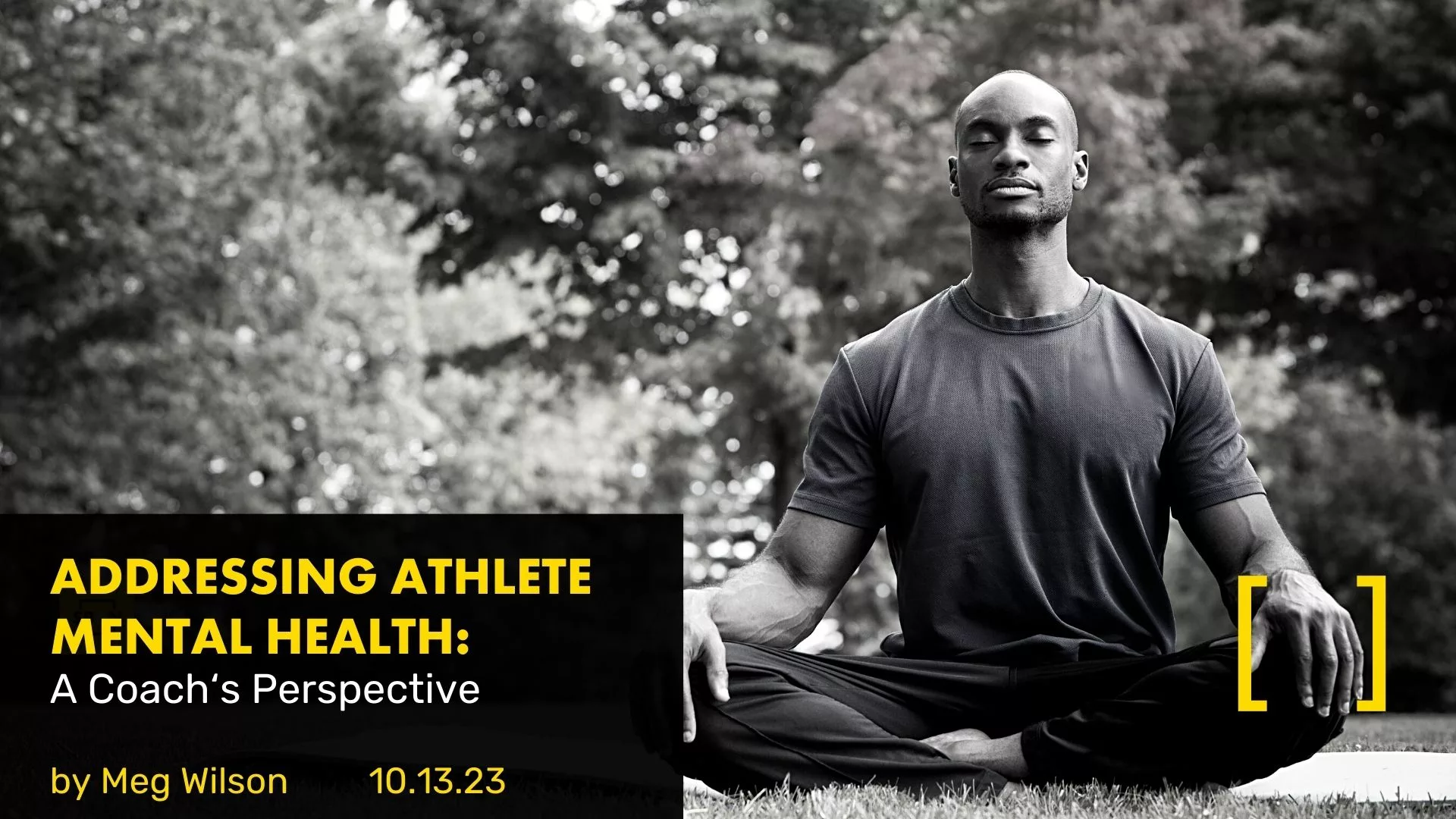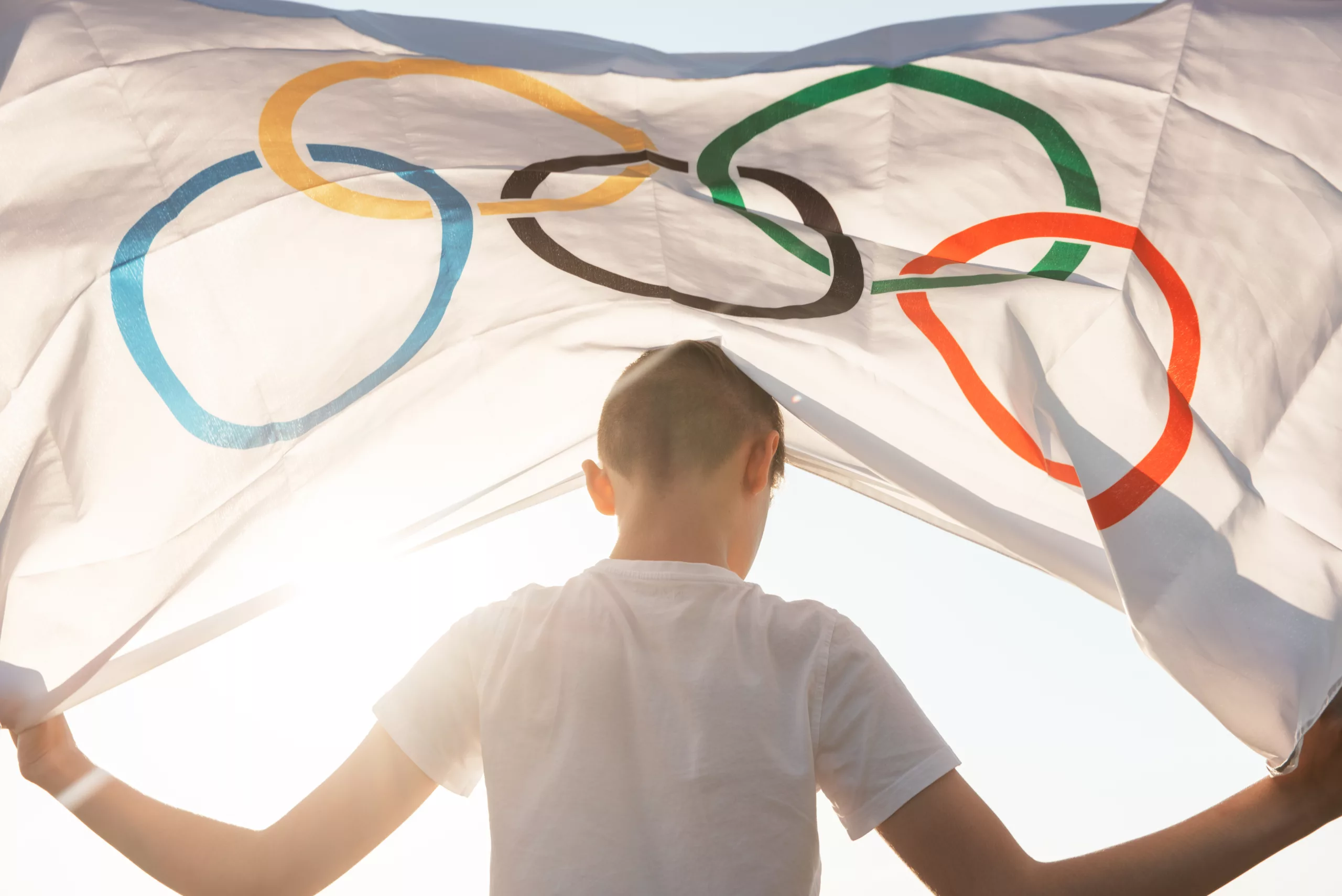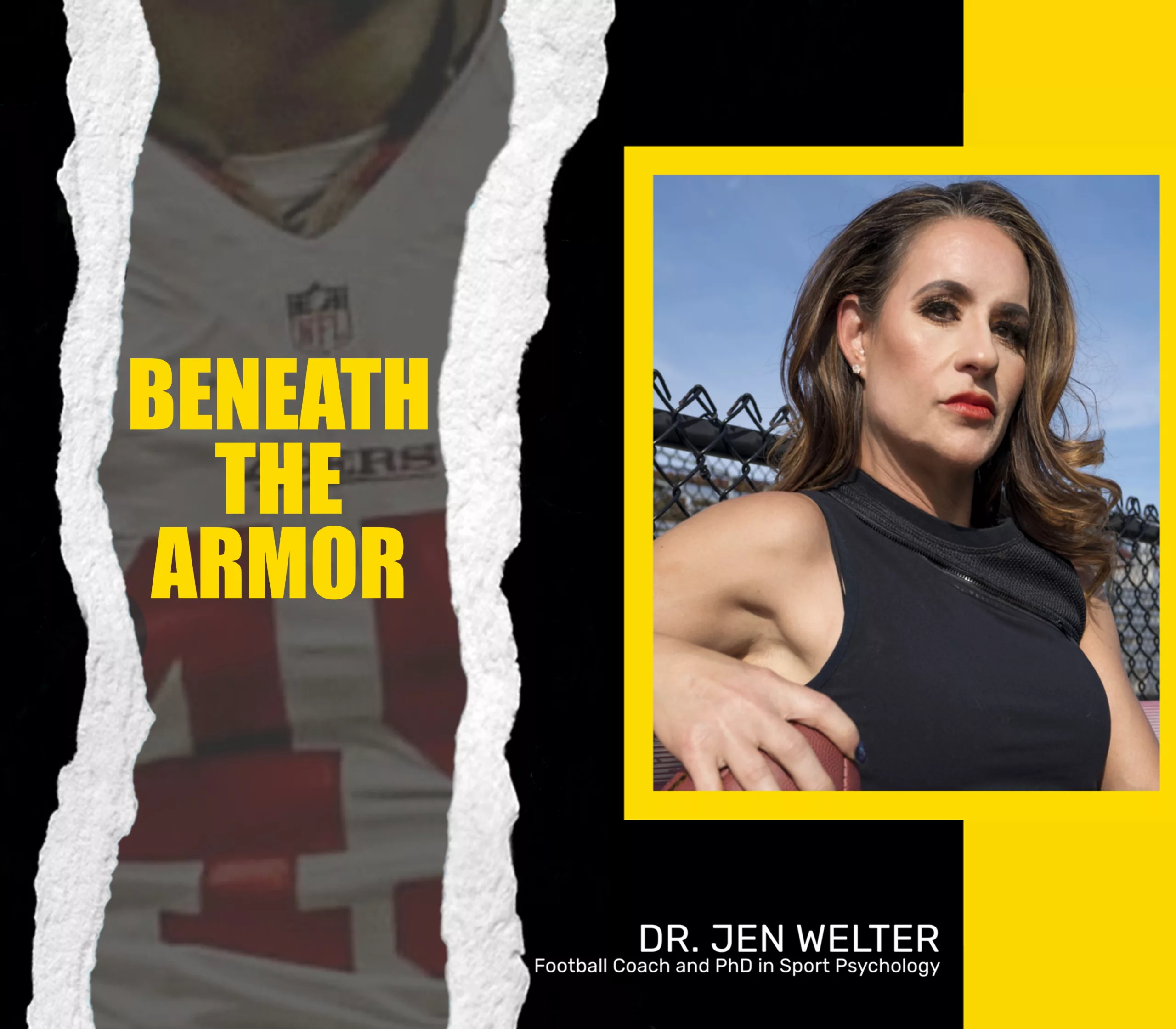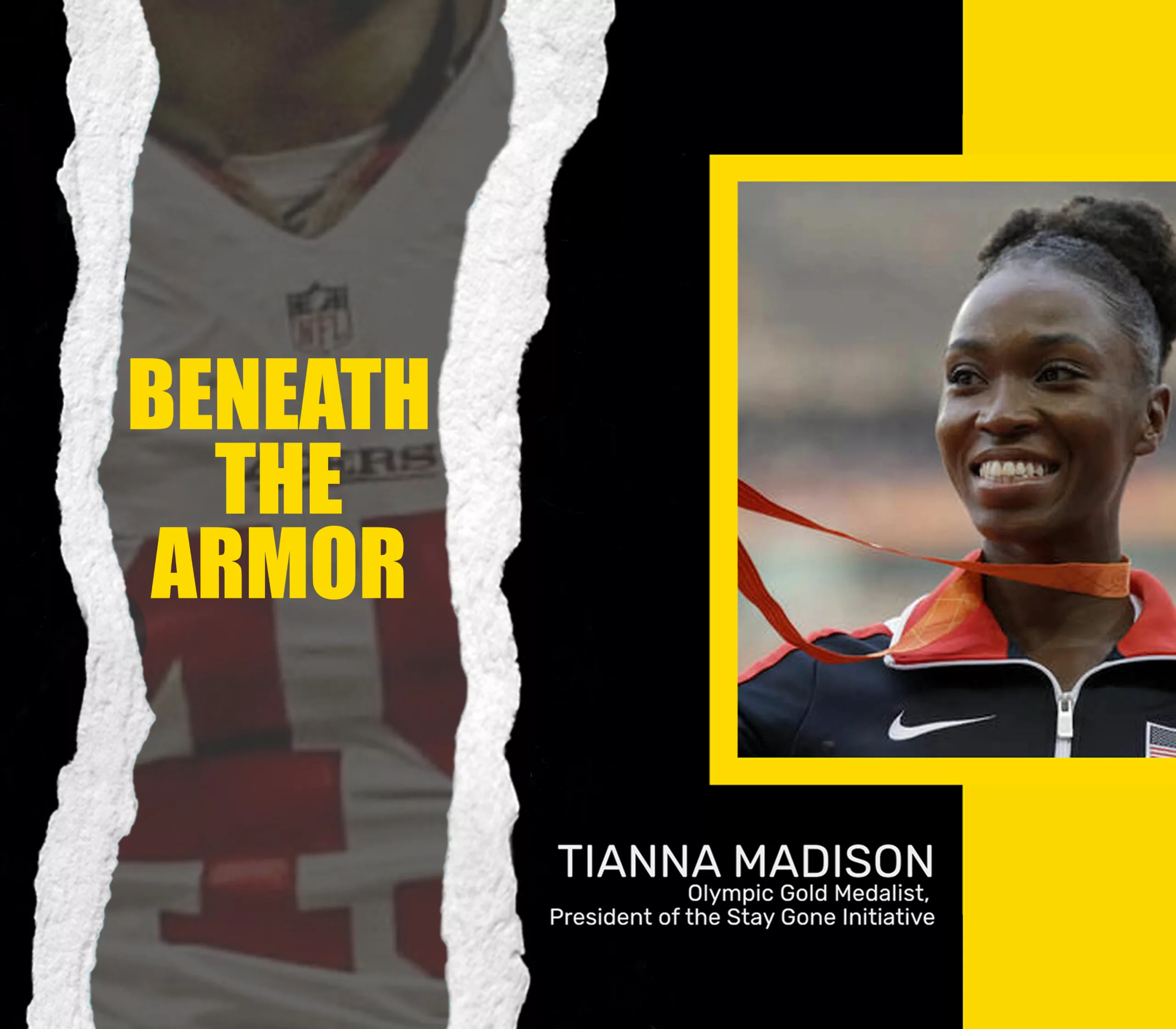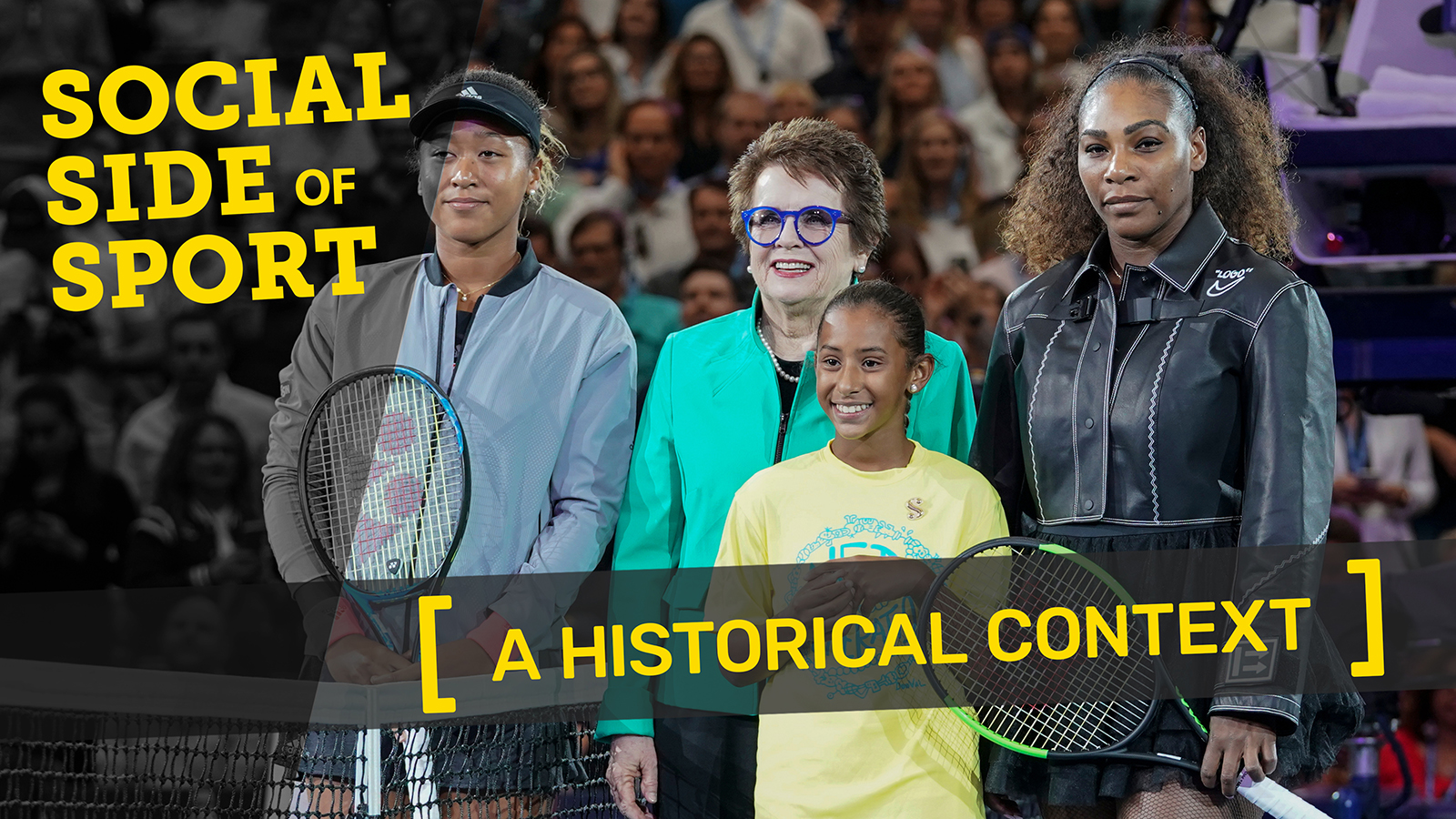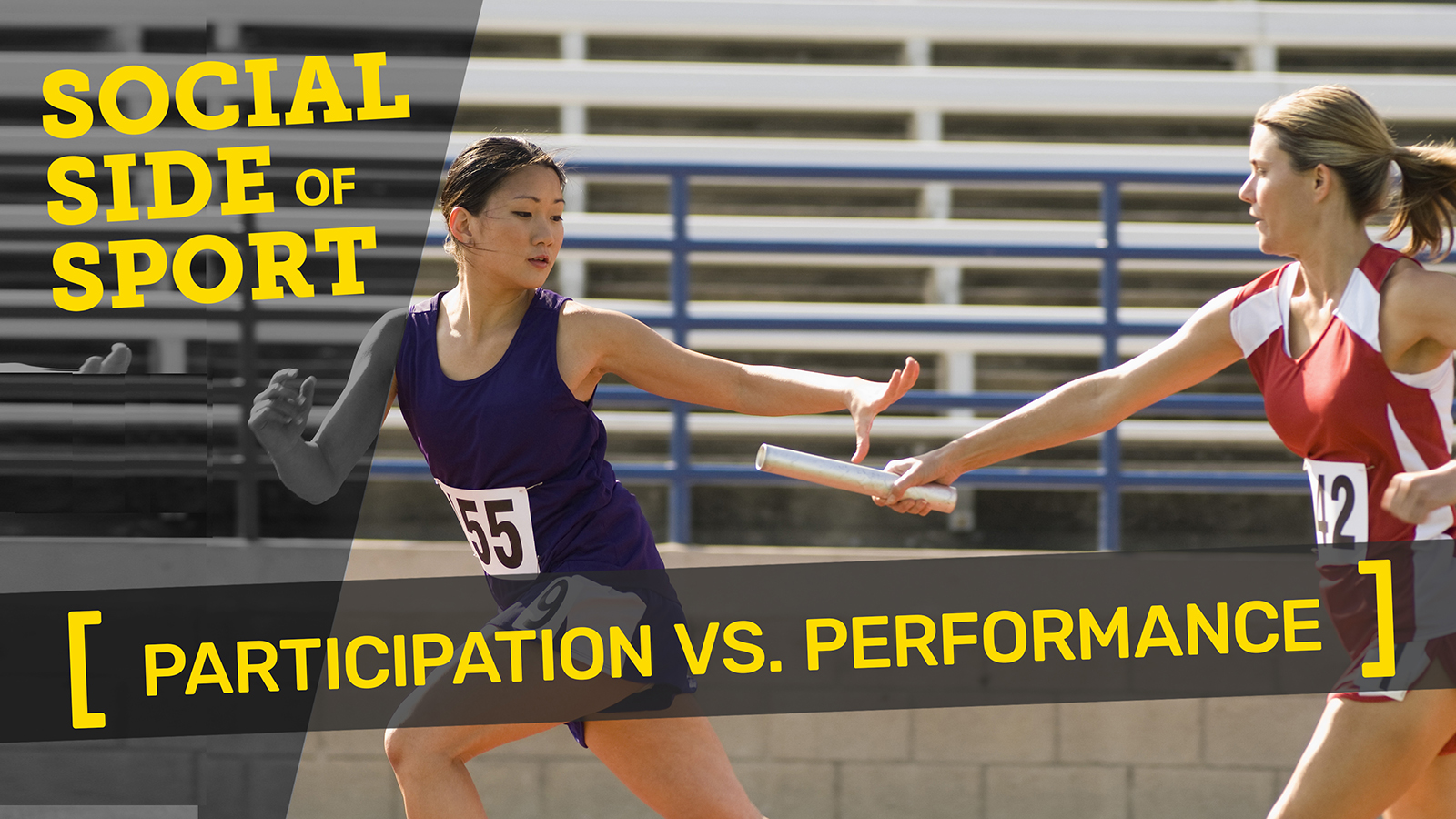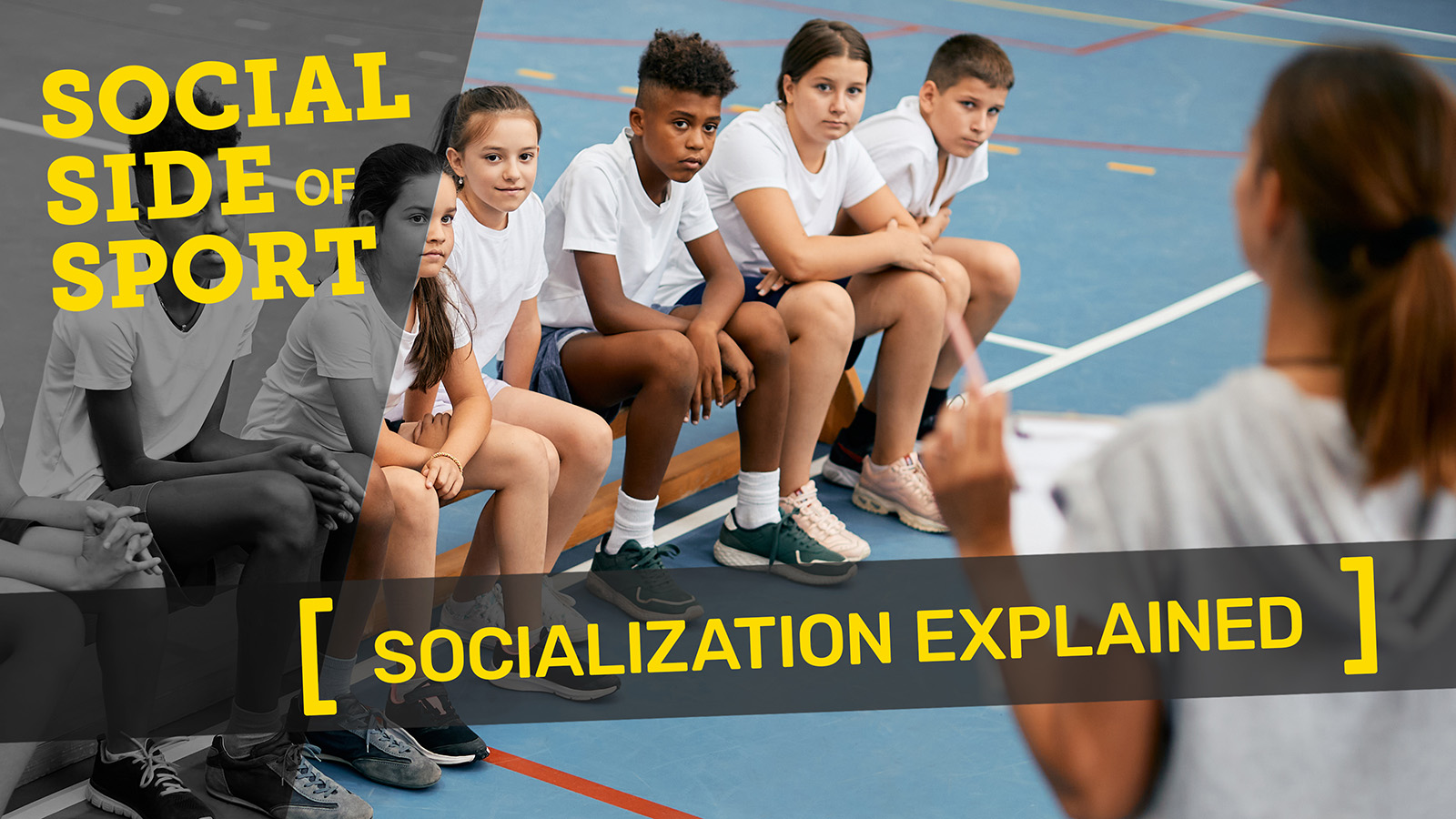In the next several weeks, I thought it might be interesting to delve into the dynamic world of athlete development, placing a spotlight on motivation – a fundamental driver of peak performance and continual growth. Let’s take a look at the different aspects of motivation and how we, as coaches, can significantly influence and cultivate this drive in our athletes.
Motivation plays a pivotal role in athlete development. It serves as the driving force that influences an athlete’s behavior, their level of commitment, and, ultimately, their performance in their chosen sport. Understanding the theories and mechanisms of motivation is crucial for coaches who aim to effectively harness this intrinsic power in their athletes.
Understanding the Essence of Motivation
Motivation, in its simplest form, is the catalyst that prompts individuals to act or behave in a certain manner. In athlete development, motivation serves as the fuel that drives athletes to push their limits, overcome challenges, and achieve their goals. It comes in many forms, such as the thrill of competition, the desire for self-improvement, or the pursuit of personal or team objectives.
At its core, motivation can be defined as the psychological feature that arouses an organism to act towards a desired goal. In the context of sports, it is the internal and external factors that stimulate the desire and energy in athletes to be continuously committed and interested in their sport.
Primary Types of Motivation
Motivation can generally be categorized into two main types:
✅ Intrinsic motivation: This comes from within the athlete. It is driven by an interest or enjoyment in the sport itself. Athletes who are intrinsically motivated participate in their sport for the pure pleasure and satisfaction derived from it.
✅ Extrinsic motivation: This comes from outside the athlete. It is driven by external factors, such as rewards (e.g., trophies, monetary incentives), recognition, or the fear of punishment.
While both types of motivation can influence an athlete’s behavior, research suggests that intrinsic motivation leads to higher levels of athlete development and performance. This is primarily because intrinsic motivation promotes long-term engagement and a genuine love for the sport, factors that are essential for sustained growth and improvement in any sport.
Theoretical Frameworks of Motivation
Here is a quick overview of some of the various theories that have been proposed to explain the intricacies of motivation in sports. These theories provide insights into what might drive athletes to act, engage, and perform.
Self-Determination Theory (SDT)
Self-Determination Theory is a key process theory in the motivation landscape. SDT posits that athletes are driven by three fundamental psychological needs:
- Autonomy: The desire to control their own life.
- Competence: The need to master tasks and learn different skills.
- Relatedness: The desire to interact with, be connected to, and care for others.
The satisfaction of these needs is crucial for optimal functioning, personal growth, and overall wellness in athletes.
Achievement Goal Theory
In this theory, it is thought that the focus should be on two different types of goal orientations within athletes:
- Task orientation: Athletes who are task-oriented are motivated by mastering skills. Their focus is on personal improvement and effort.
- Ego orientation: Ego-oriented athletes are driven by comparison and competition. Their focus is on outperforming others and demonstrating superiority.
Attribution Theory
This theory explains how athletes explain their successes and failures, and how these attributions can influence their motivation. According to this theory, athletes attribute their performance outcomes to factors that are either internal or external, stable or unstable.
I plan to dive deeper into each of these theories in later articles. – so make sure to subscribe to SPKN on linked in or at SPKNmedia.org. You don’t want to miss our next release.
The Coach’s Role in Enhancing Athlete Motivation
As a coach, understanding these theories of motivation provides a foundation for developing strategies to enhance athlete motivation. Here are some methods that can be used:
Goal Setting
Coaches can work with athletes to set long-term, medium-term, and short-term goals. These goals should be challenging yet achievable and should align with the athletes’ personal ambitions and abilities. By involving athletes in the goal-setting process, coaches can increase their athletes’ ownership of the goals, thereby increasing their commitment and motivation.
Use of Extrinsic Rewards
While intrinsic motivation is the ultimate goal, extrinsic rewards can be used effectively to reinforce an athlete’s sense of competence and self-worth. These rewards should be informational in nature, reinforcing the athletes’ effort and improvement.
Positive Self-Talk
Coaches can teach athletes to use positive self-talk to reinforce their self-esteem and important aspects of their performance. This technique can positively alter an athlete’s belief system and increase their motivation.
Promoting Intrinsic Motivation
Coaches can foster intrinsic motivation in athletes by creating an environment that emphasizes enjoyment, effort, and personal improvement over winning and external rewards.
Understanding and harnessing motivation is a critical aspect of athlete development. As coaches, our role is not just to impart sport knowledge but to inspire, energize, and motivate our athletes to reach their full potential. By recognizing the importance of motivation and implementing strategies to enhance it, we can contribute significantly to the development and success of our athletes.
For more insights on this topic, visit our website www.SPKNmedia.org. Browse our video library, Research & Resource Center or check out our upcoming SPKN ACADEMY courses. Don’t forget to subscribe to our email newsletter or our Linked In Newsletter and remember to get your FREE SPKN account at SPKNmedia.org.
Remember to always keep learning, keep growing, and keep pushing the boundaries of what is possible.
“You can’t put a limit on anything. The more you dream, the farther you get.” – Michael Phelps
Resources
Deci, E., & Ryan, R. (2000). The “what” and “why” of goal pursuits: Human needs and the self-determination of behavior. Psychological Inquiry, 11(4), 227-268 https://doi.org/10.1207/S15327965PLI1104_01
Nicholls, J. G. (1984). Achievement motivation: Conceptions of ability, subjective experience, task choice, and performance. Psychological Review, 91(3), 328-346 https://doi.org/10.1037/0033-295X.91.3.328
Weiner, B. (1985). An attributional theory of achievement motivation and emotion. Psychological Review, 92(4), 548-573 https://doi.org/10.1037/0033-295X.92.4.548




